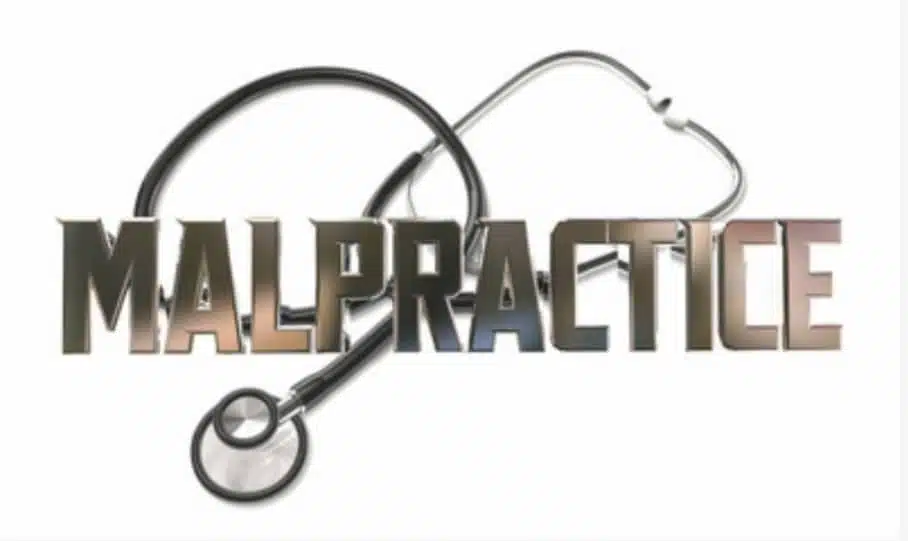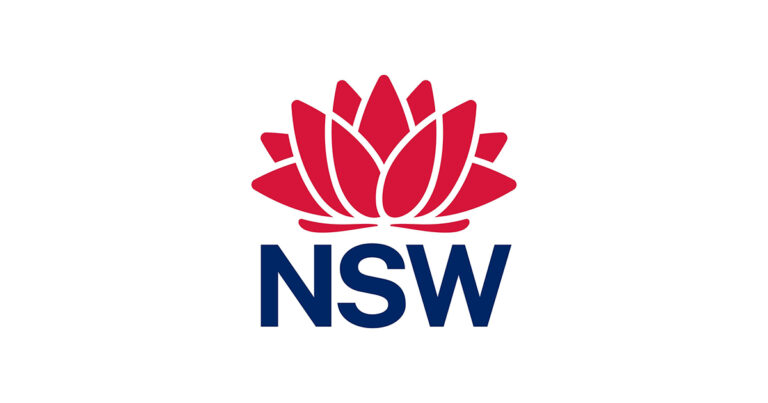
Advertisement
As the years go by, medical treatments and our ailments have become increasingly complex. Whether that is a good thing or a bad thing is up for debate. Along with that, the financial terrain that many private practice owners have to trudge through to maintain a successful business has also become more complicated. For medical practices looking to increase in size, upgrade their current facilities, modernize patient care, or any or all of the above, a form of a medical business loan may be their only option. Healthcare practice loans specific to medical practices offer flexibility and specialized benefits that are tailored to the industry. Traditional lenders like big banks may not be able to provide as granular of an approach as their reach is much wider.
Key Facts
- SBA Loans are a reliable option for medical professionals: Backed by the U.S. Small Business Administration, SBA loans offer lower interest rates and flexible repayment terms.
- Equipment financing helps acquire medical tools without large upfront costs: Lenders use the equipment itself as collateral, making it easier to get approved.
- Business lines of credit offer flexible borrowing: Practices can access funds when needed and only pay interest on the amount used.
- Medical practice loans are tailored for healthcare businesses: These are designed to cover startup costs, office expansion, staff salaries, or tech upgrades.
- Alternative lenders provide fast funding but may charge higher rates: Useful for urgent needs but should be approached with caution due to higher risks.
The Traditional Loan Landscape
Historically, medical practices seeking financial support turned primarily to traditional banks for loans. That has been the norm for a long time. Banks know money. However, it is important to note that these medical practice business loans often require extensive paperwork, impeccable credit history, and significant collateral. While traditional loans offer competitive interest rates for well-established practices, they may not be accessible or practical for newer practices or those with less-than-perfect credit. Even though we are referring to them as “medical practice” business loans here, generally banks just see them as another loan. There is nothing distinctive about the loan that separates it from a loan that any other small business may be looking to borrow.
Advertisements
Moreover, the approval process for traditional loans can be lengthy, bureaucratic, and include many hoops to jump through. Doctors normally need funding right away. Any delay in acquiring funding can significantly impact patient care and practice growth and could potentially cause practices to suffer instead of prosper. These delays in acquiring funding can also hinder a practice’s ability to remain competitive in a highly competitive market.
Advertisements
Alternative Financing: Tailored Solutions for Medical Practices
Recognizing that some of the above challenges may not work for the healthcare, alternative financing options have emerged. These cater specifically to the needs of medical professionals and are unique in that way. Healthcare practice loans, medical business loans, and medical practice business loans (different names for the same thing) are designed to streamline the borrowing process and offer benefits that align more closely with the special demands of medical practices.
Advertisements
One of the key advantages of alternative financing is flexibility. These loans are often structured to accommodate the cash flow patterns of medical practices, which may experience fluctuations due to insurance reimbursements and seasonal patient volumes. Flexible repayment terms, including longer repayment periods and variable payment schedules, can help alleviate financial strain and provide breathing room during slower months.
Alternative lenders specializing in medical practice financing understand the industry’s nuances. They are familiar with the equipment needs, regulatory requirements, and revenue cycles specific to healthcare providers. This specialized knowledge allows lenders to offer tailored loan products that address these unique factors, such as equipment financing for medical technology upgrades or working capital loans to cover operational expenses during expansion phases.
Advertisements
Advertisements
Advantages Beyond Traditional Loans
In addition to flexibility, alternative financing options often feature faster approval processes compared to traditional banks. For medical practices needing to seize opportunities or address urgent needs promptly, quick access to funding can be a game-changer. Many alternative lenders leverage technology to streamline application processes, reducing paperwork and accelerating decision-making timelines. Approval could be granted in as little as 24 hours.
Alternative financing can be more accessible to newer practices that don’t have a long record of revenue or those with limited credit history. While traditional lenders may prioritize credit scores and lengthy business histories, alternative lenders may place greater emphasis on the practice’s revenue potential and future outlook as well as other variables. This shift in focus can level the playing field for smaller practices aspiring to grow and innovate within the healthcare landscape.
Advertisements
Navigating the Landscape: Choosing the Right Option
Despite their advantages, alternative financing options need to be thoroughly thought through. Interest rates and repayment terms can vary significantly among lenders, necessitating thorough comparison shopping and appropriate consideration. It’s essential for medical practitioners to evaluate their long-term financial strategy and align borrowing decisions with their practice’s growth objectives. Not every medical practice loan will be the right choice for every doctor.
Advertisements
When exploring alternative financing, practitioners should seek transparency from lenders regarding fees, penalties, and repayment expectations. A doctor should determine whether there are any hidden fees associated. Understanding the total cost of borrowing and assessing how loan terms fit into the practice’s budget are critical in making informed financial decisions.
Advertisements
Building a personal relationship with a lender that specializes in medical practice financing can provide ongoing support beyond the initial loan. A lender who understands the nuances of healthcare finance can offer strategic advice and financial products tailored to the practice’s evolving needs. They are most likely going to be more willing to support you in other aspects as well.
Looking Ahead: Innovations in Medical Practice Financing
As the healthcare landscape continues to evolve, so too will the financing options available to medical practices. Innovations such as peer-to-peer lending platforms and healthcaree fintech solutions that use digital platforms are shaking up the lending industry, offering alternative paths to capital that were unimaginable many years ago. Times are changing.
Advertisements
Advertisements
Peer-to-peer lending connects borrowers directly with individual investors, bypassing traditional financial institutions altogether. This model can offer competitive rates and streamlined processes, appealing to tech-savvy practitioners seeking alternatives to traditional banking.
Similarly, fintech companies are leveraging data analytics and artificial intelligence to revolutionize the lending experience. These companies analyze a wide range of data points to assess creditworthiness and customize loan offers in real-time. For medical practices, fintech solutions can provide rapid funding decisions and personalized financial products that align precisely with operational needs.
Advertisements
Embracing Financial Innovation in Healthcare
Medical practice financing is evolving, offering practitioners a bunch of alternatives to traditional loans. Medical practice business loans provide flexible, specialized financing options that can empower practices to thrive and innovate. By understanding their unique financial needs and exploring these alternative financing solutions, medical practitioners can position their practices for sustainable growth and enhanced patient care in an increasingly competitive healthcare environment.
Advertisements
As the industry continues to evolve, embracing financial innovation will be key to navigating challenges and seizing opportunities effectively. By staying informed about emerging trends and leveraging tailored financing solutions, medical practices can chart a course towards a prosperous future.
Advertisements
References
- U.S. Small Business Administration. “Types of SBA Loans.”https://www.sba.gov
- Bankrate. “Medical Practice Loans: What You Need to Know.”https://www.bankrate.com
- Forbes. “Best Small Business Loans of 2024.”https://www.forbes.com





